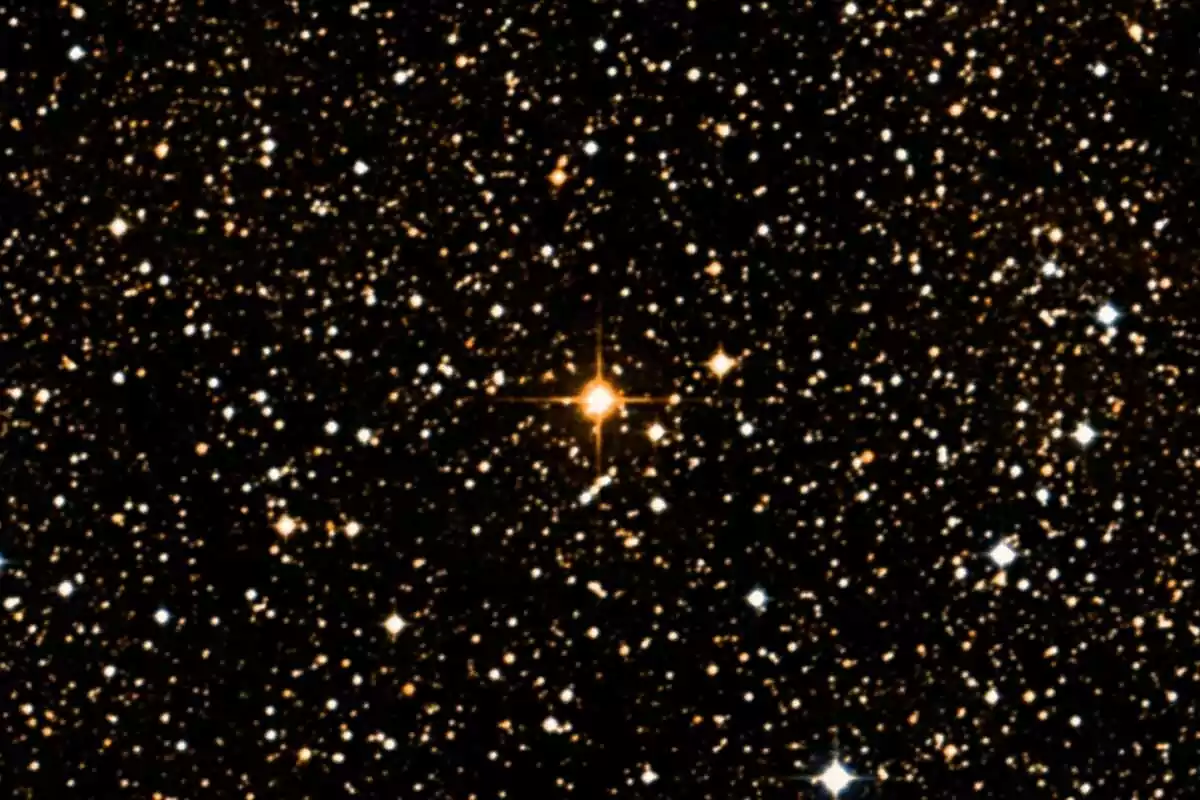
The largest stars in the universe: why they still puzzle scientists
The largest stars in the universe continue to surprise science and change what we know about the cosmos
Hypergiants, stars thousands of times wider than the Sun, are one of the greatest enigmas of modern astronomy. Despite their colossal size, there is still much to discover about their formation and evolution.
In recent decades, more powerful telescopes have made it possible to detect celestial bodies that surpass any possible comparison with our Solar System. The case of UY Scuti, VY Canis Majoris, or R136a1 demonstrates that the limits of the cosmos continue to surprise.

UY Scuti, the star that redefined cosmic size
UY Scuti, located 9,500 light-years away, has become a symbol of hypergiants. Its radius is estimated at 1,700 times that of the Sun, and its volume could contain more than 5 billion suns.
If it replaced the Sun at the center of the system, its atmosphere would reach Jupiter and its gases would even cover Pluto's orbit. However, it is not the most massive: that category belongs to R136a1.
The dilemma between size and mass
R136a1 has about 300 solar masses, compared to UY Scuti's 30. The difference shows how diameter doesn't always match mass. The pressure of the core in extremely massive stars generates a faster fusion rate, increasing luminosity but not always size.

Measuring accurately is not easy. As Jillian Scudder explained, stars have diffuse edges and the reference used is the photosphere, which leaves a considerable margin of error.
UY Scuti's rivals
Among the competitors are VY Canis Majoris, with an estimated radius of 1,420 times that of the Sun, NML Cygni, at 1,640, and Westerlund 1-26, with more than 1,500. All vary depending on observation techniques, which changes the podium every few years.

There is also Betelgeuse, a red supergiant visible from Earth. It is not the largest, but its proximity makes it a natural laboratory for studying the final fate of these stars: the supernova.
The inevitable fate of hypergiants
UY Scuti and its rivals constantly lose mass through stellar winds. Their end will be a supernova, which will release enormous amounts of energy and matter into space, fueling new generations of stars and planets.
The case of R136a1 is key: its brightness is 4.5 million times that of the Sun, but its life will be brief.
More posts: